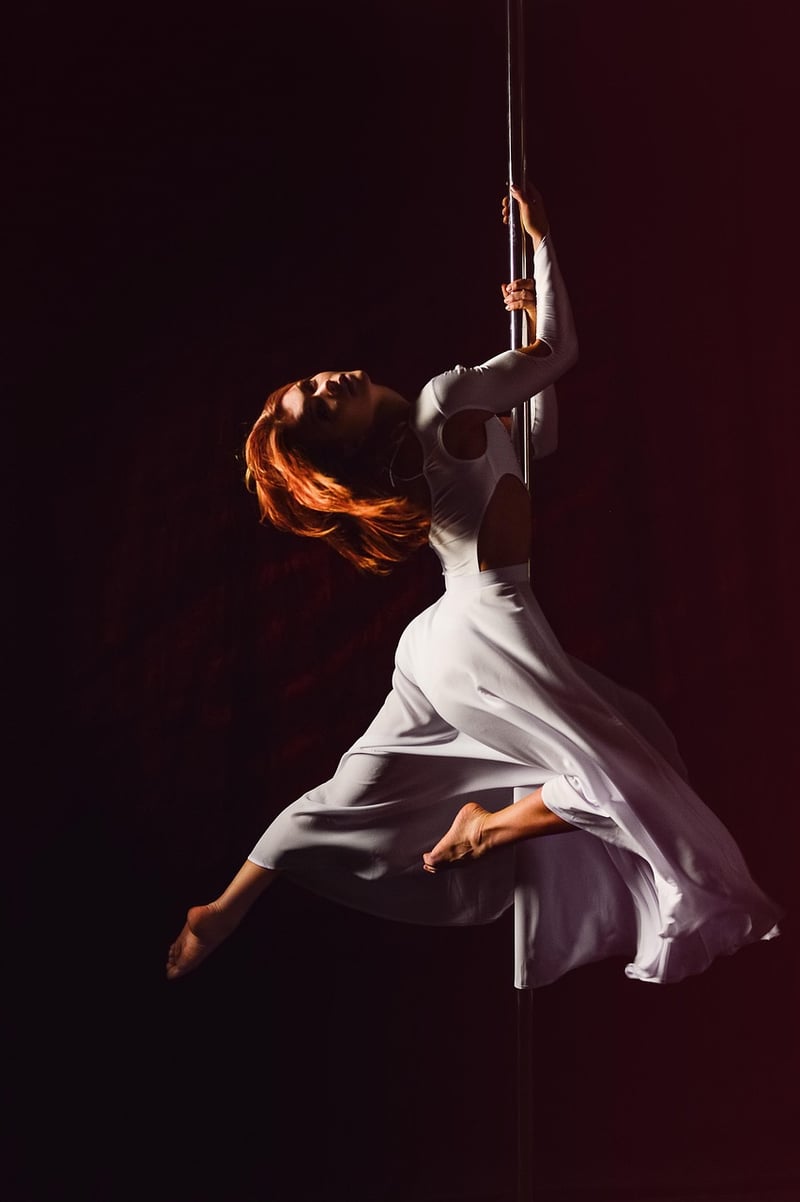Artistic Flow
The Art of Movement: Exploring Artistic Flow

Art has always been a reflection of life, capturing the essence of movement and flow in various forms. From the fluid strokes of a brush to the dynamic shapes in a sculpture, artists have long sought to convey a sense of motion and vitality in their creations.
Understanding Movement in Art
Movement in art refers to the visual flow or sense of action within a piece. It can be represented through actual motion, implied movement, or the arrangement of elements to create a sense of dynamism. Artists use techniques such as line direction, repetition, and contrast to convey movement and guide the viewer's eye through the composition.
Types of Artistic Movement
There are various ways in which movement is expressed in art:
- Realistic Movement: Artists depict actual motion, such as a dancing figure or flowing water, to convey a sense of dynamism.
- Abstract Movement: Through non-representational forms, artists create a feeling of movement through shapes, colors, and textures.
- Sequential Movement: Artworks that suggest a sequence of actions or events, leading the viewer through a narrative journey.
Artistic Flow and Harmony
Artistic flow is the seamless integration of elements within a composition to create a sense of unity and coherence. When artwork exhibits a harmonious flow, the viewer's eye is naturally guided from one area to another, allowing for a connected and engaging visual experience.
Artists achieve flow through the careful arrangement of elements such as color, shape, texture, and space. By balancing these components, they create a rhythm that enhances the overall movement and energy of the artwork.
Embracing Movement in Your Own Art
If you're an aspiring artist looking to incorporate movement into your work, experiment with different techniques and styles to convey a sense of flow. Study the works of renowned artists known for their mastery of movement, and practice incorporating their methods into your creations.
Remember, movement in art is not just about capturing physical motion but also about evoking emotions and engaging the viewer's imagination. Let your creativity flow freely, and explore the endless possibilities of artistic movement in your own unique way.
Embrace the art of movement, and watch as your creations come alive with energy and vitality!

Image Source: Pixabay
